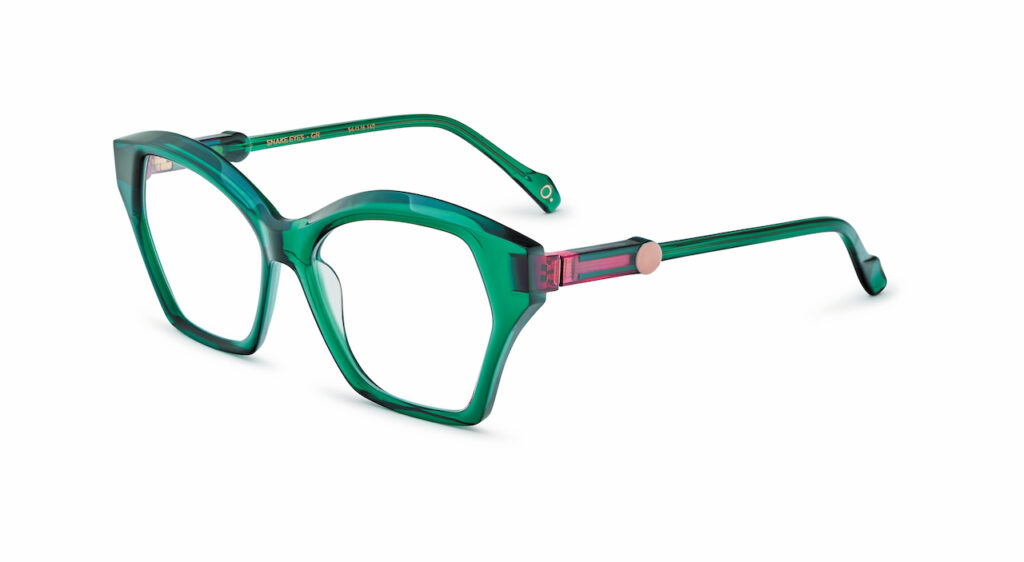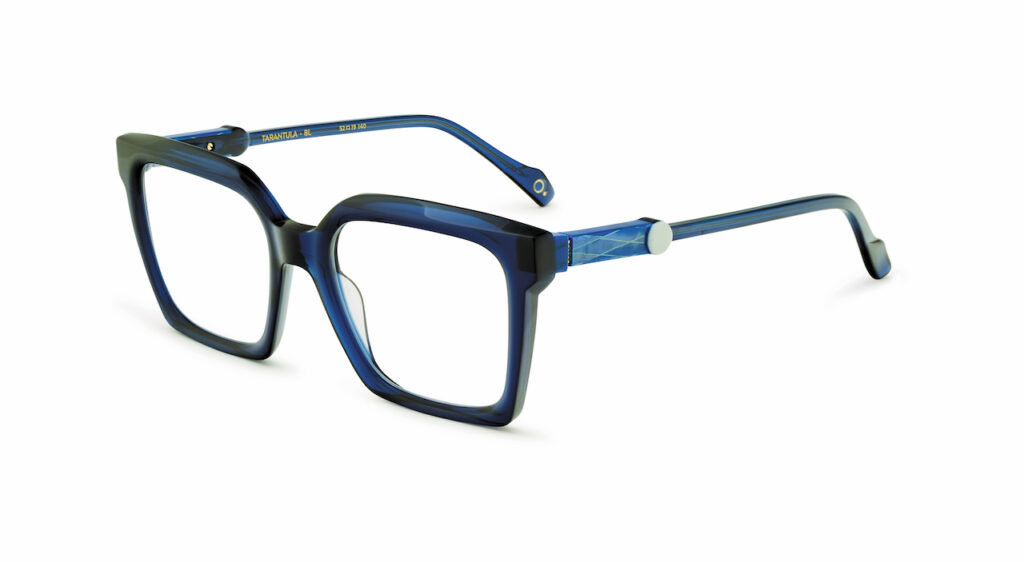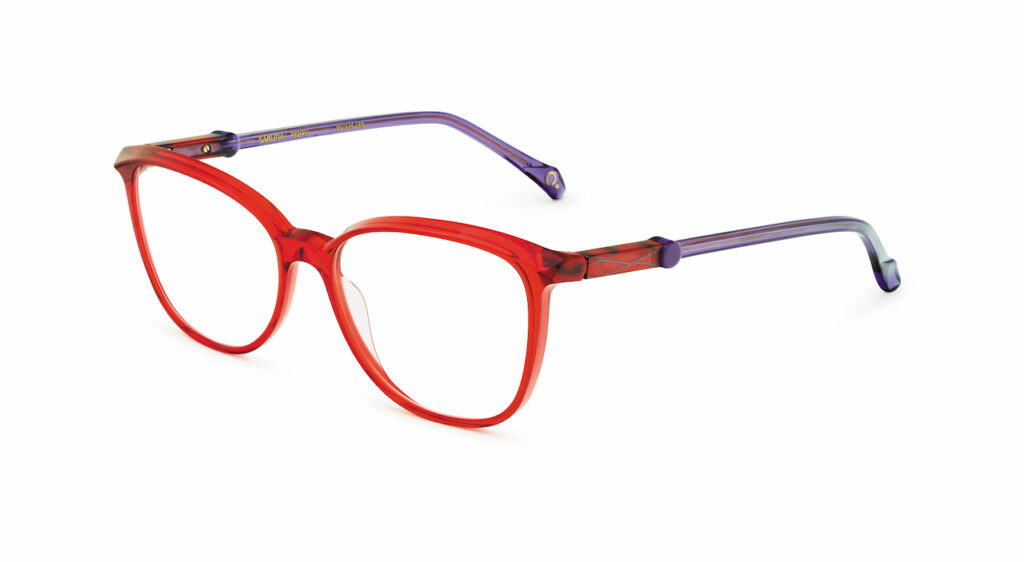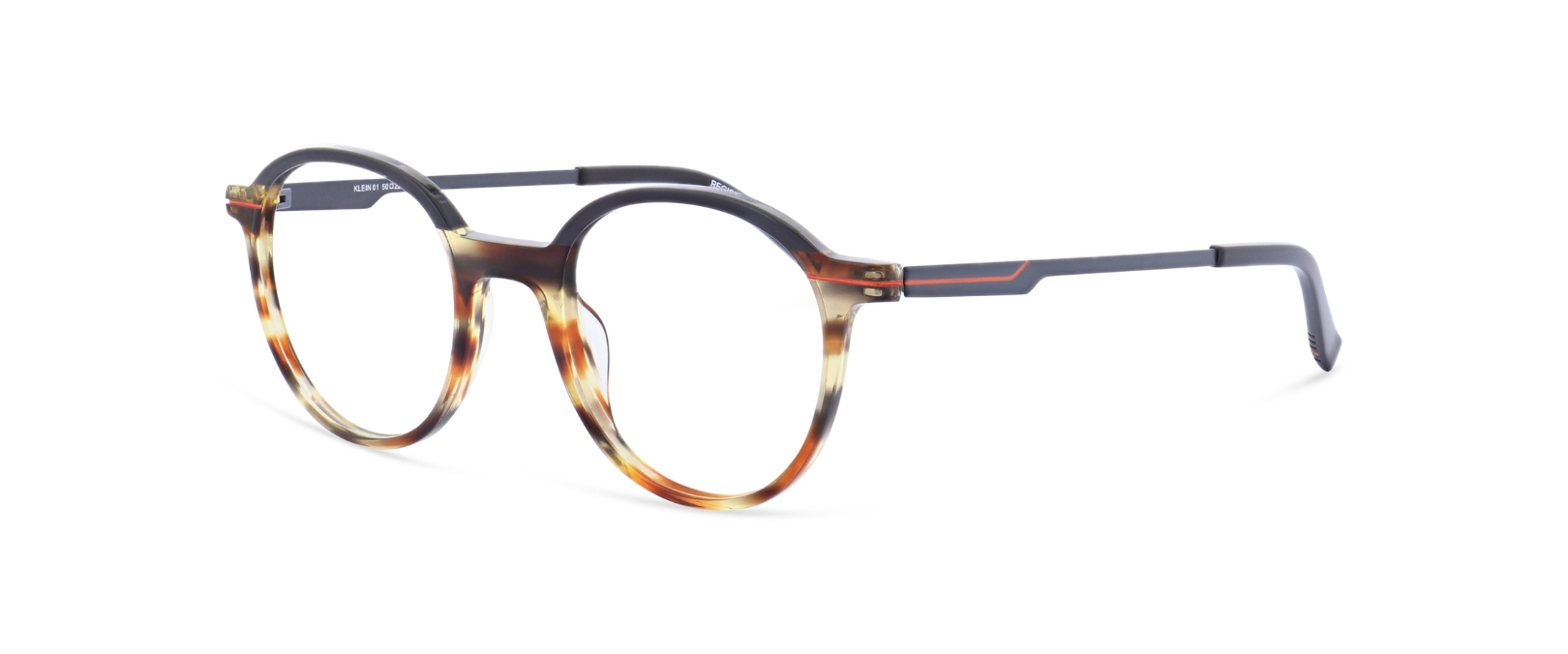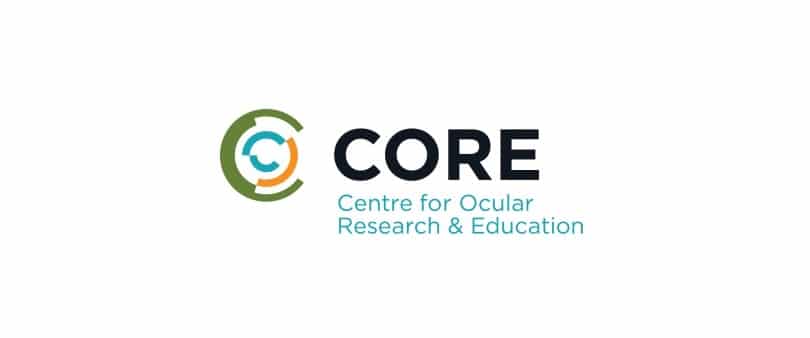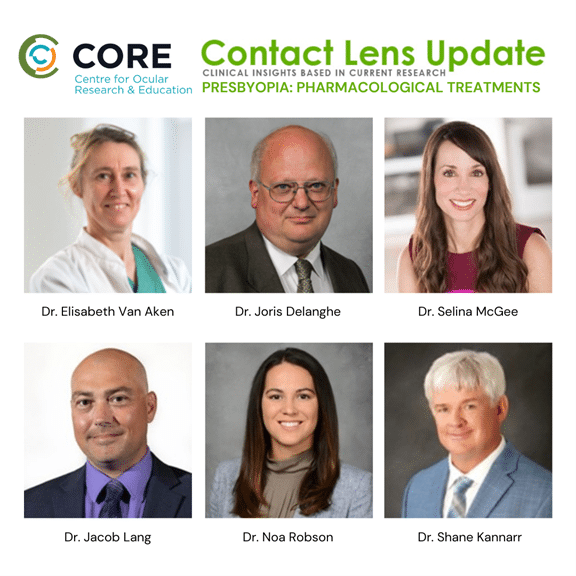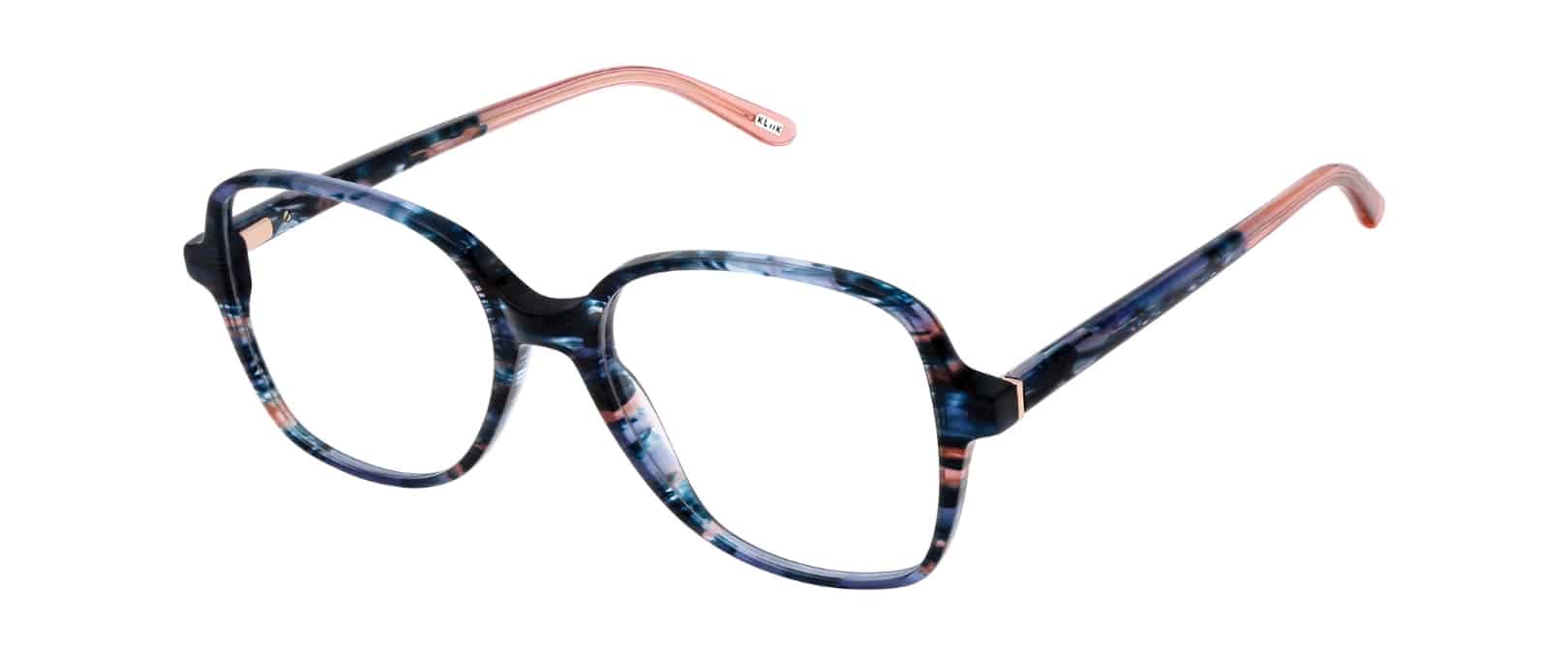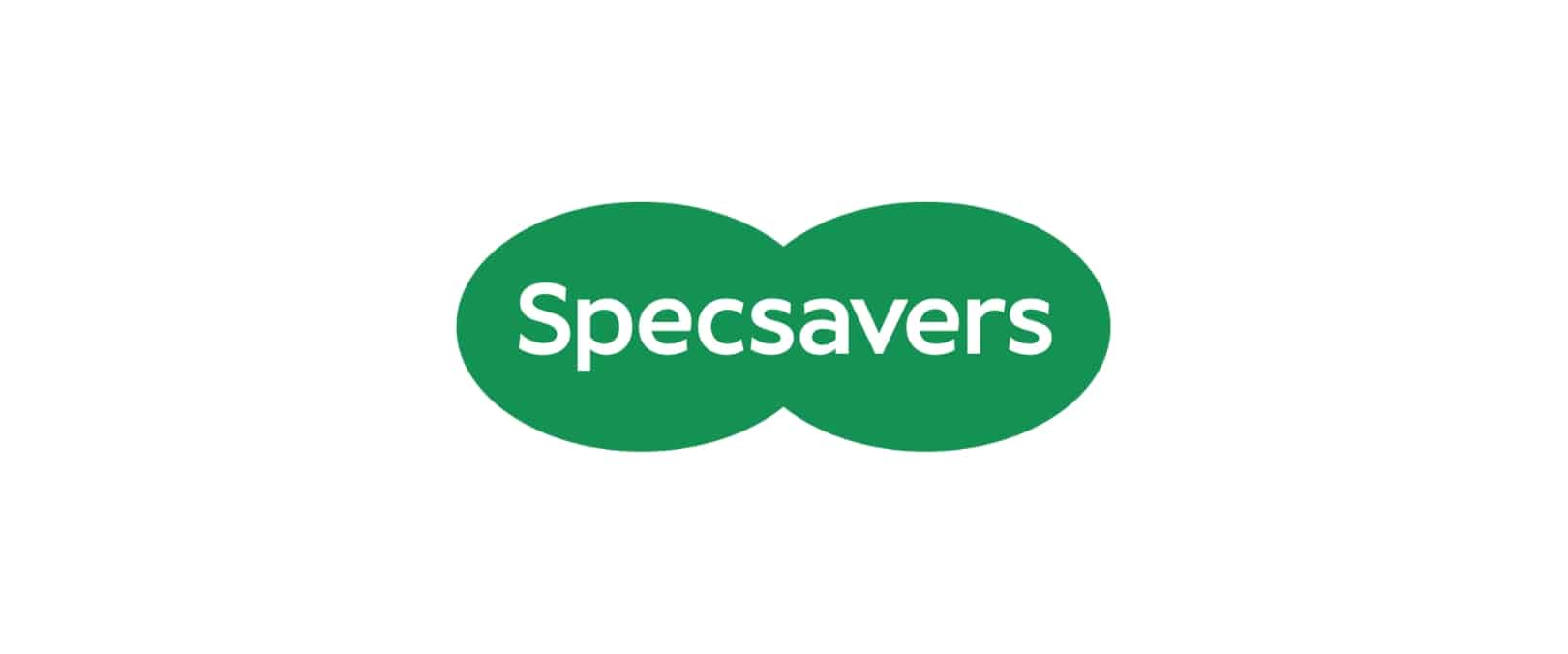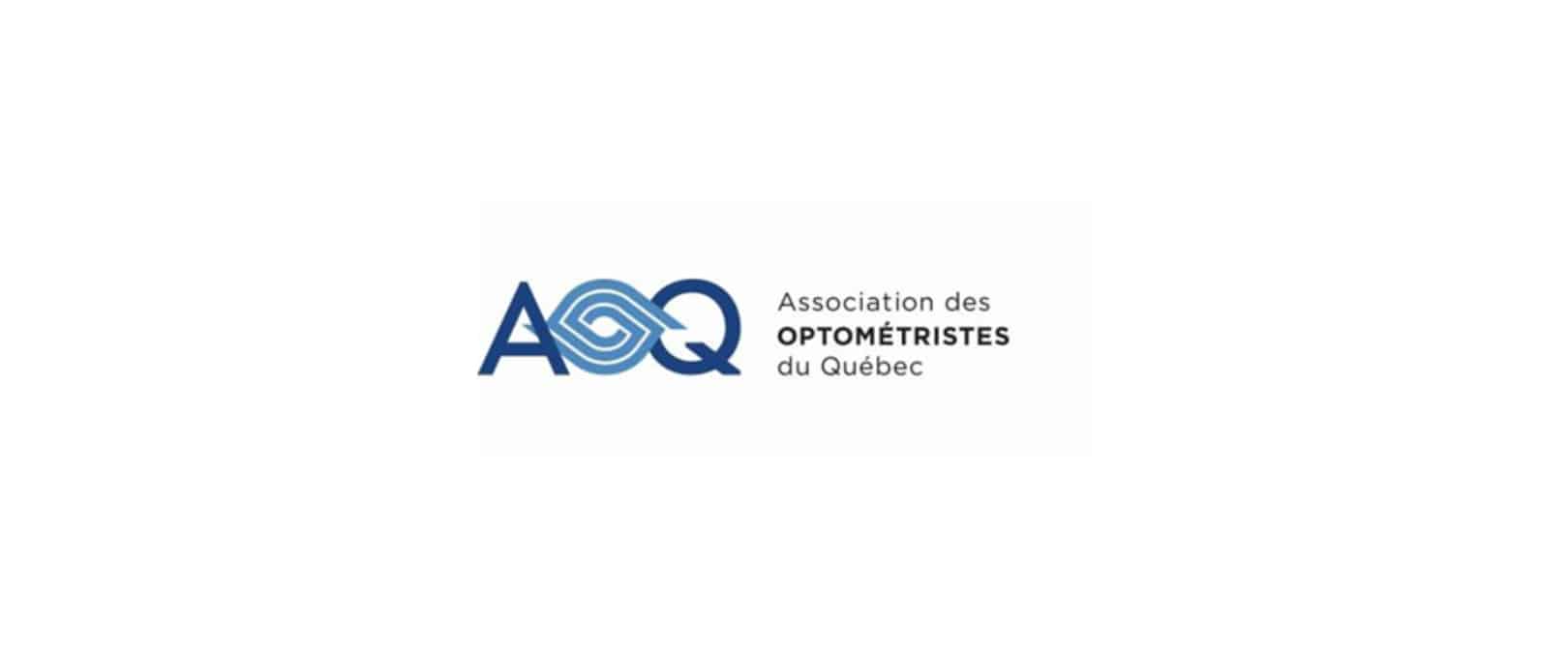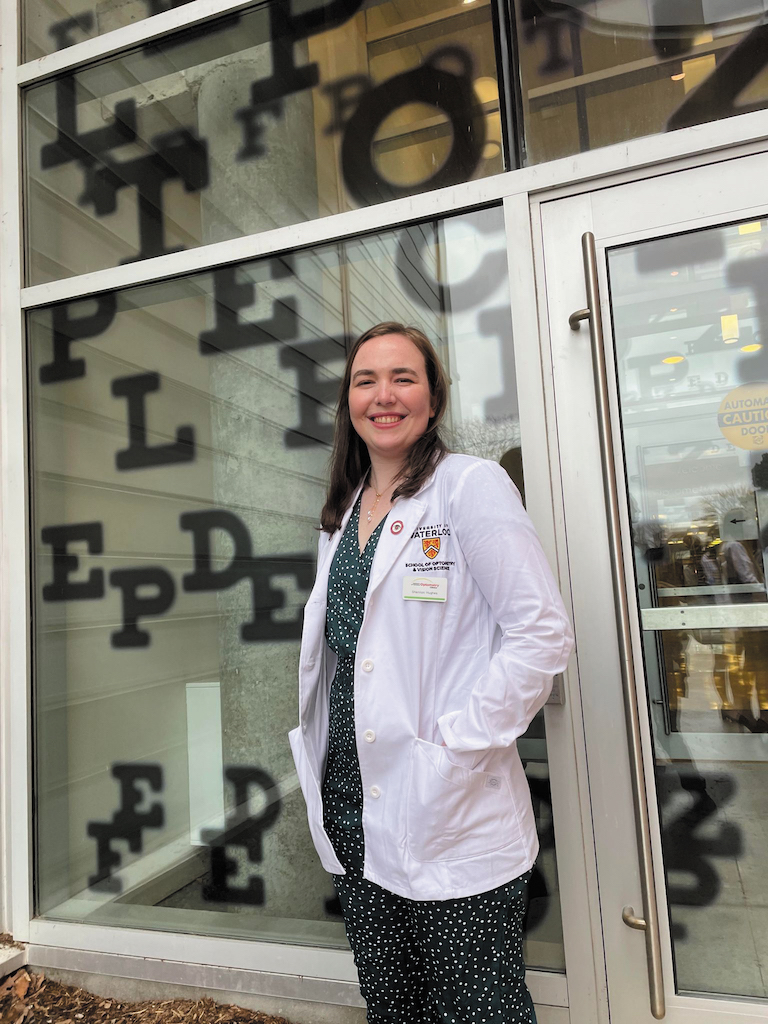
Aperture* Contest Second place
Aperture is the publication of the Canadian Association of Optometry Students. Reprinted with permission.
Starting to see patients in third year was incredibly intimidating, and the imposter syndrome was real. Sure, I’d been studying and practicing these techniques for two years, and I’d spent many hours shadowing, but was I really ready to prescribe for a full-grown adult?
By Shannon Hughes
First Steps in Real-Life Patient Care
Whether I was ready or not, there I was, wiping down my slit lamp with an alcohol swab and reading patient files, silently preparing myself to examine someone’s eyes and proclaim them healthy or not. Luckily, I had my little notebook full of step-by-step instructions for performing all sorts of ocular health, refractive, and binocular vision tests. My first cohort of patients included two women who were the right age for presbyopia, so my focus was definitely on how in the world I was going to prescribe an addition lens. My only practice had been on my fellow – definitely not presbyopic – students, and even dilated, I did not think the experience would be the same.
My supervisor suggested using the cross-cylinder technique in order to make sure we understood how it worked, so that if just using age wasn’t giving results that made sense, we knew other techniques. So my patient arrives, and I nervously work my way through the tests as they are laid out on Visual Eyes. I meticulously go through a step-by-step refraction (even balancing) and perform a slow cross-cylinder to determine the patient’s add.
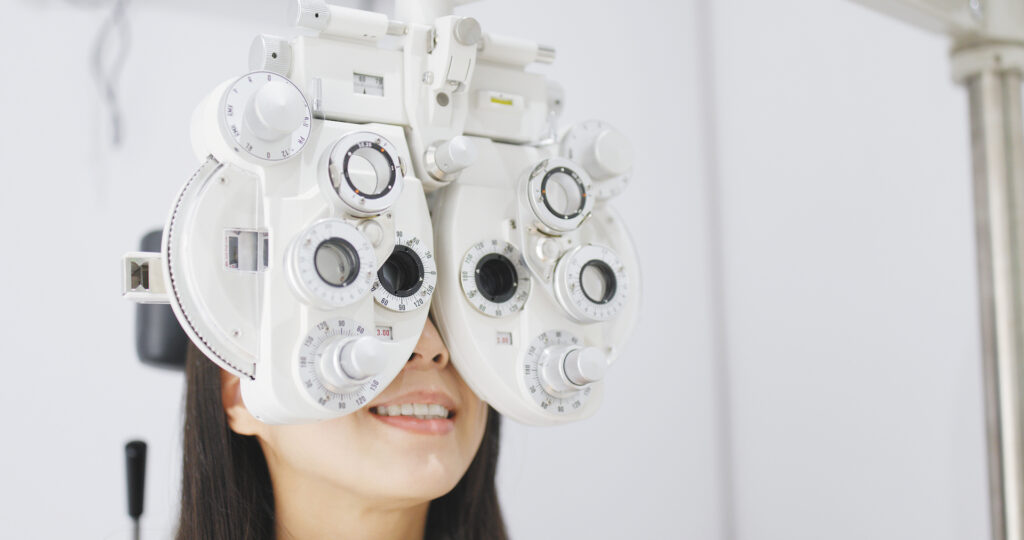
Proud of myself for finishing, I take my results to my supervisor before dilating. He reviews my painstaking refraction and quickly, he rewrites it.
I am heartbroken. I have failed my first test in the real world. He is busy supervising three other students aside from myself, and I know we will review later, but I dejectedly take the new prescription in hand and return to my exam.
The second patient of the day goes very similarly. After a diligent refraction and an even more scrupulous add determination, I nervously show my supervisor the results. Again, he changes the prescription. He tells me “If it ain’t broke, don’t fix it”. He asks if
she was seeing well with her current pair of spectacles, including the current add. I review the file and say yes, she sees 0.4M. He asks me, then why am I increasing her add? I am shocked. I had gone through, step-by-step, the correct process for determining the addition, and yet, I hadn’t really put any thought into what I was doing. My supervisor encourages me to finish the exam and says we’ll review again afterwards.
When my patients are both finished and gone, I sit down with my supervisor to review the files and he hands me a stack of papers. It’s a research article he has found for me, explaining the problems with overplussing patients and the advantages of keeping a current Rx if it is working for them. He shows me how he changed the prescriptions to make more sense considering my visual acuity results and the preceding refractions. This experience was a pivotal moment in understanding the real-world implications of patient care in optometry.
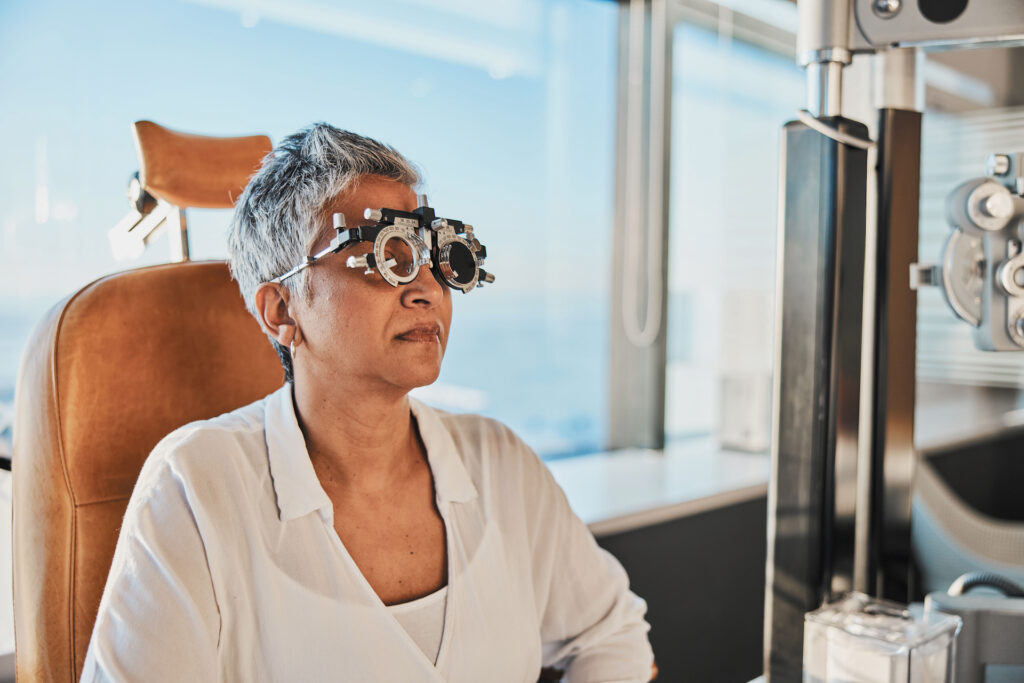
While I learned a lot on my first day seeing patients, that experience stuck with me more than anything else.
Balancing Academic Knowledge with Patient Needs
We spend years in class, listening and studying, and then hours in lab, practicing and refining. But once we’re out there seeing real patients, they are what’s important. Don’t get me wrong, it is critical to have a base understanding of why we do certain tests and to perform them accurately. However, I learned that my focus has to be on the patient and their needs, and in doing so, I could actually avoid them returning with a problem with their glasses.
Our time as optometry students involves so much growing and learning. But looking ahead to our time as full-fledged optometrists, we need to be more than facts and figures. We need to be able to look at a table of results and say “Does this make sense?”. I had another supervisor at the beginning of my second term say that we were very good at collecting data but not good yet at using it. A patient-centered approach in which we can look beyond just our exam, but the connections between tests and their applications to our patients’ lives is essential to our futures as exceptional health care providers.

Want to see more like this article? Subscribe to our FREE print magazines and e-newsletters!





